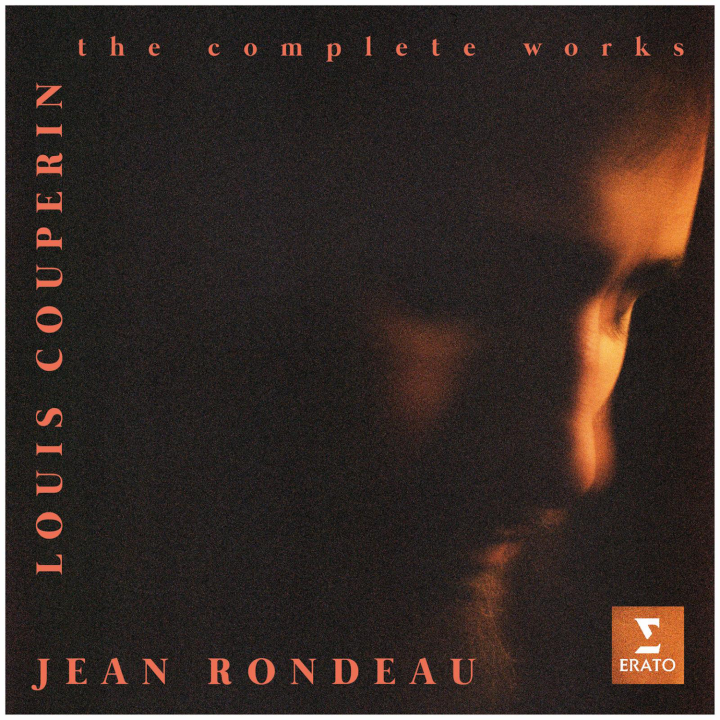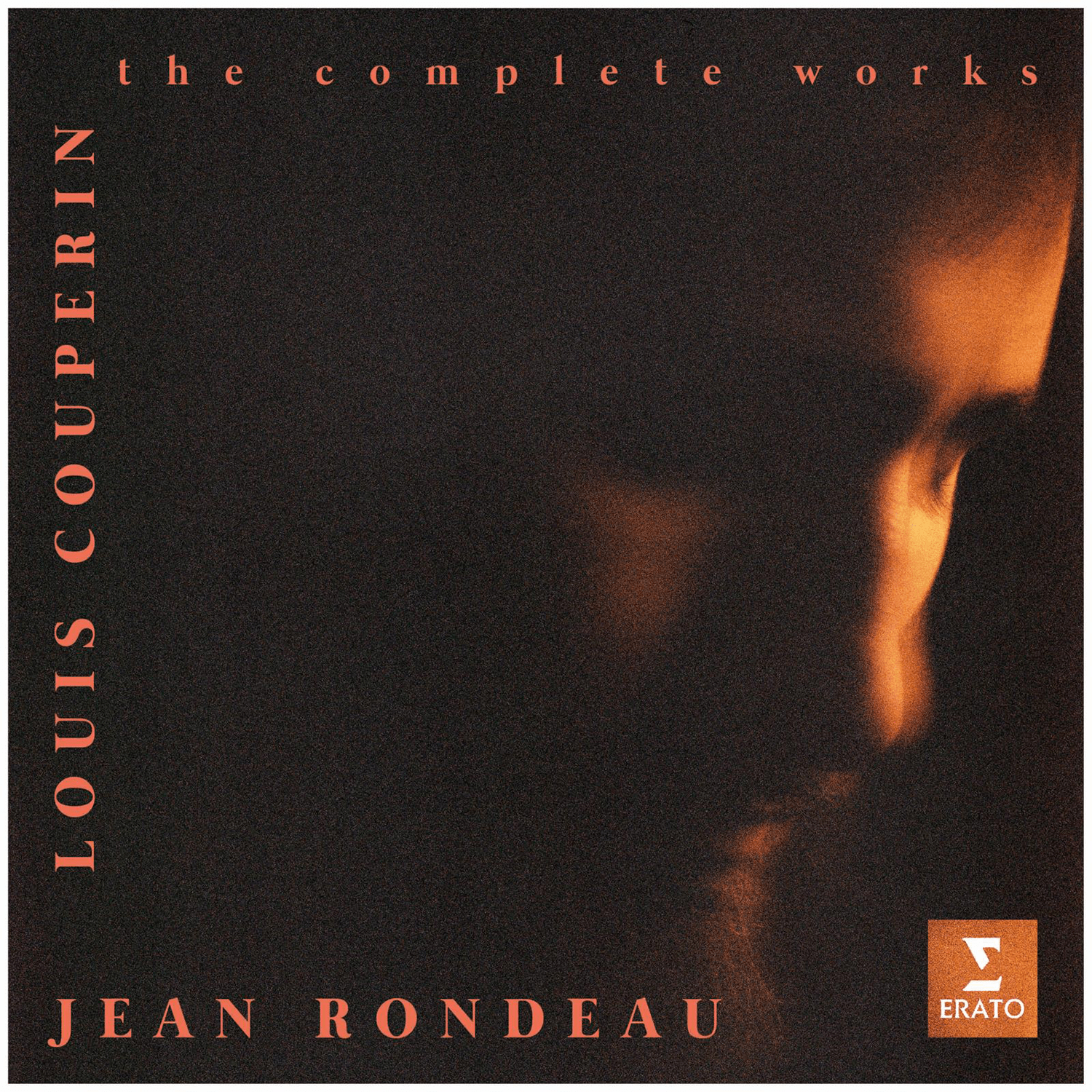
The French lutenist Charles Fleury, Sieur de Blancrocher, is one of those unfortunate historical figures who are chiefly remembered because of how they died. He was climbing the stairs to his apartment near the Louvre after a court dinner in November 1652 when he slipped, fell head over heels and was dead a few hours later. We don’t know, though people have wondered, whether the wine was to blame. Only one piece of music by him survives, and he would probably be forgotten if he hadn’t been memorialised in several tombeaux – slow memorial dances – by royal composers, one of whom was a young harpsichordist whose genius is only now being fully recognised.
Louis Couperin (c.1626-1661) will always be overshadowed by his nephew François (1668-1733). That’s inevitable: ‘Couperin le Grand’ was the only French musician whose panoramic achievements can be compared to those of Bach. Uncle Louis – dead at 35 several years before François was born – didn’t write anything of significance before his early twenties and so had a composing career of only a decade. He was organist of the important church of St Gervais in Paris, but his organ music, only recently rediscovered, isn’t memorable. The best of his harpsichord pieces, on the other hand, are mind-bendingly creative. They are reserved for top-flight performers – this isn’t repertoire for amateurs – who must insert diabolically fiddly ornaments into dance movements pulled out of shape by lopsided phrases, funky modulations and overlapping dissonances.
Which brings us back to the poor gentleman who lost his footing after dinner. Couperin’s Tombeau de Mr. de Blancrocher, about eight minutes long, is perhaps the most haunting representation of his art. Unlike his ‘unmeasured preludes’, which anticipate Stockhausen’s trick of leaving note values up to the performer, the score spells out the tune with bar lines. But it’s hard to make out on first hearing, not just because Couperin expects lashings of extempore decoration but also because the harpsichordist’s hands move in perverse directions. Do the passages in the upper register represent Blancrocher’s ascent to heaven, as some critics have suggested? And do the downward lurches in the bass represent him bumping down the stairs? That seems horribly tasteless, but they weren’t squeamish about death in the 17th century: the tombeau for Blancrocher by Johann Jakob Froberger, who witnessed the accident, also features a suspiciously precipitous descent.
Next year marks the probable 400th anniversary of Louis Couperin’s birth – we know so little about him that we can’t be sure, and nor do we know why he died so early. To mark it, the 34-year-old French harpsichordist Jean Rondeau has recorded all Couperin’s keyboard music, including the organ pieces, as part of a ten-CD edition of his entire output, plus that of selected contemporaries, for Warner. There are two versions of the Blancrocher tombeau: one is an unadorned arrangement for viol consort that reveals the contours of the melody; the other showcases Rondeau’s uniquely ambitious approach to ornamentation.
Rondeau barely lifts his fingers from the keys as they flicker out those astonishing ornaments
It’s fascinating to compare his interpretation with a 2010 recording by Christophe Rousset, who managed to extend his reputation as the youthful hero of the harpsichord well into middle age; it’s startling to discover that he’s now 64. Rousset’s instrument is lighter and his decoration is mostly confined to the right hand, giving an impression of supremely tasteful nimbleness. Rondeau slathers the score in arabesques: his decorations range from explosive arpeggios to tiny single-note embellishments executed in a nanosecond.
Everyone who performs this repertoire must master these agréments, as they are known, and French specialists such as Rousset and Davitt Moroney are masters of the style. But Rondeau takes it to a new level. You can see him doing so on YouTube. He looks like a Breton fisherman; he barely lifts his fingers from the keys as they flicker out those astonishing ornaments. There’s an exploratory feel to them that matches the composer’s cryptic inspiration, and it comes as no surprise to discover that Rondeau is also a jazz pianist. You might object that it’s difficult to see the wood for the trees, but that misses the point; it’s like complaining about the note-spinning of a sitar virtuoso. This is surely what Louis Couperin intended, and with these radical performances he has finally been given the magnificent tombeau he deserves.
Jean Rondeau’s Louis Couperin: The Complete Works, a ten-CD set from Warner Classics, is released on 14 November.









Comments